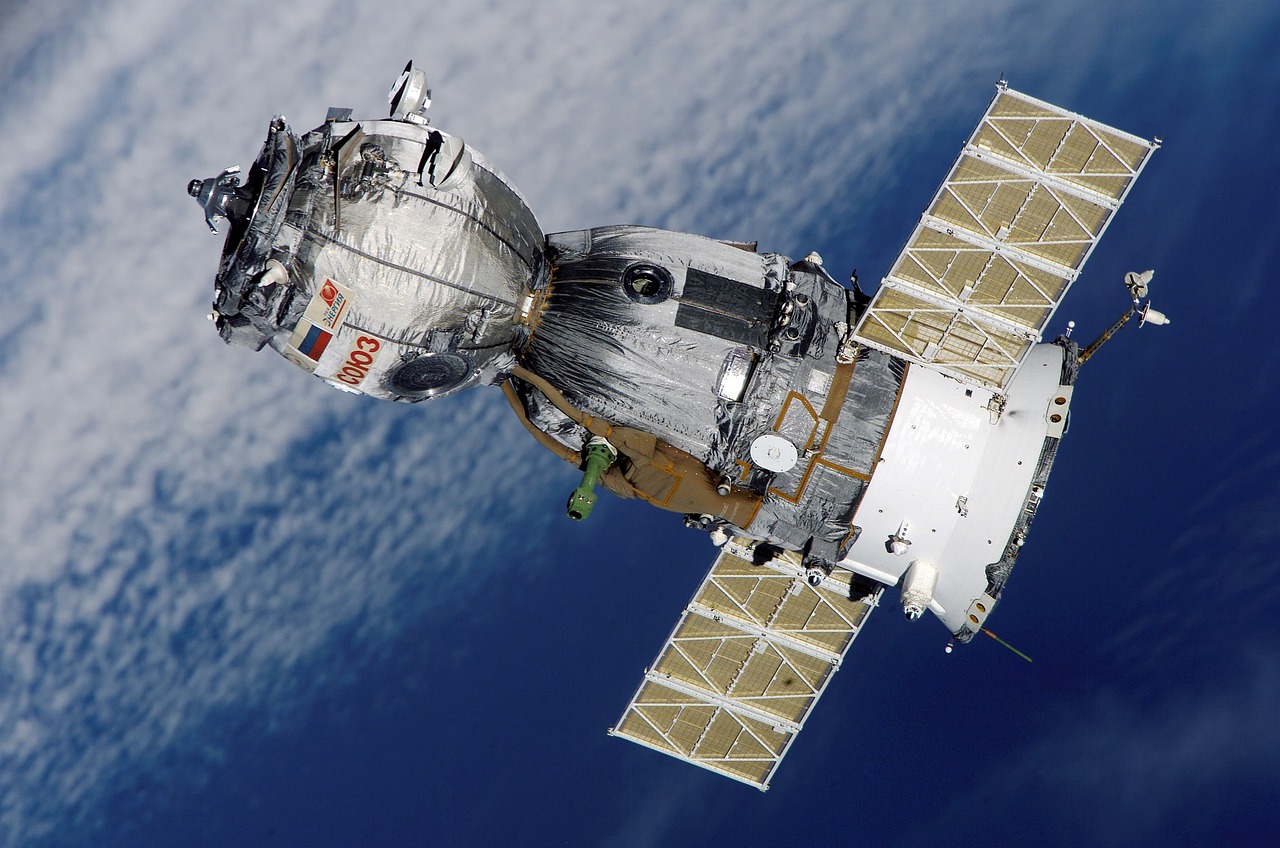"The Future of Travel: The Advent of Space Tourism"
In the 21st century, the world has witnessed an unprecedented growth in technological advancements, pushing boundaries and redefining the impossible. The travel industry is no exception, with new trends and innovations shaping the way we explore our world and beyond. One such trend is space tourism, a relatively new concept that promises to change the face of the travel industry forever.

Space tourism is the activity of traveling beyond Earth’s atmosphere for recreational purposes. It’s a concept that was once considered science fiction but has become increasingly realistic due to advancements in aerospace technology and the involvement of private companies. This article delves into the historical context, current trends, and practical implications of space tourism.
The Dawn of Space Tourism
Space tourism has its roots in the mid-20th century, during the Space Race between the United States and the Soviet Union. The first manned space flight occurred in 1961, and by the end of the decade, humans had walked on the moon. However, it wasn’t until the late 1990s that the idea of space tourism began to take shape, with the launch of the Russian Soyuz missions.
The Current Landscape of Space Tourism
Today, space tourism is no longer a distant dream but a burgeoning industry. Private companies such as SpaceX, Virgin Galactic, and Blue Origin are leading the charge, each with their unique approach to making space travel accessible to the public. These companies are developing spacecraft that can transport tourists to space and back, with some even planning to establish colonies on Mars.
Benefits and Challenges of Space Tourism
Space tourism presents a host of benefits, such as providing a unique travel experience that broadens our understanding of the universe. It also has the potential to stimulate economic growth through job creation and technological innovation. However, there are also significant challenges to overcome, including high costs, safety concerns, and the environmental impact of rocket launches.
Practical Implications of Space Tourism
For those interested in becoming space tourists, there are a few things to consider. Training is required to prepare for the physical demands of space travel, and the cost is currently very high, with ticket prices ranging from $250,000 to $50 million. However, as technology advances and competition increases, prices are expected to become more affordable.
Handy Facts About Space Tourism
- There have been only seven space tourists to date, beginning with Dennis Tito in 2001.
- Space tourists typically spend about a week in space.
- The current record for space tourism travel is held by Charles Simonyi, who made two trips to the International Space Station.
In conclusion, space tourism is a revolutionary concept that is reshaping the travel industry. While it presents unique challenges, the potential benefits and experiences it offers make it an exciting prospect for the future of travel. As we stand on the brink of this new era, we can only imagine the endless possibilities that space tourism will bring.




